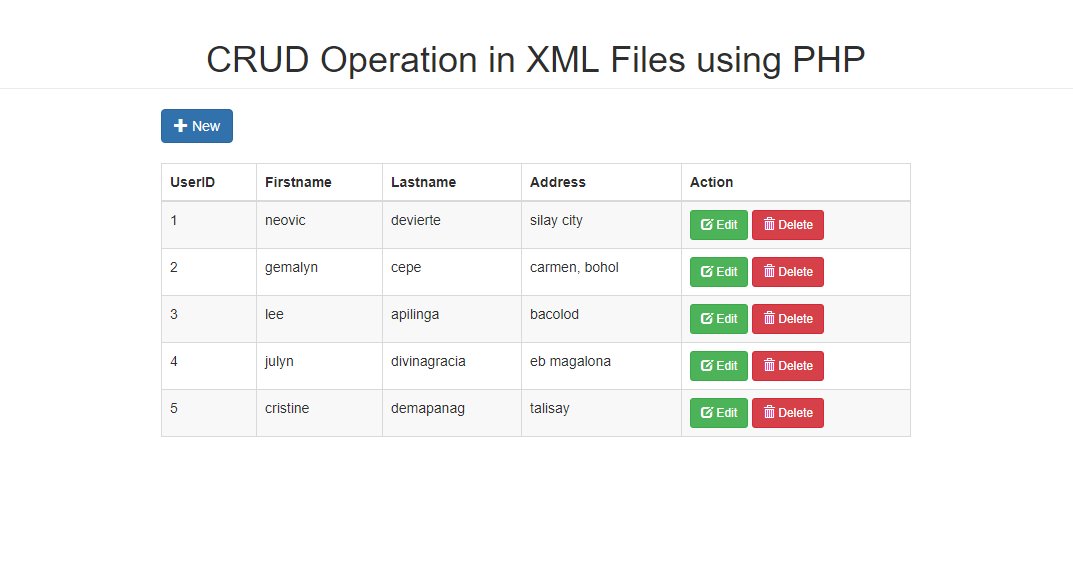
When IIS encounters any ASP.NET module, including the handler that executes your MVC controller actions, WebAPI actions, or legacy ASPX pages, it queues the request processing to the CLR thread pool where CLR worker threads pick it up to execute the application logic. LeanSentry trace shows request processing quickly switching to an ASP.NET thread (CLR worker thread).įor example, the CLR thread pool for ASP.NET. Instead, the very first thing that the application framework module (like webengine.dll for ASP.NET, AspNetCoreModule, asp.dll, or FastCGI) will do is queue the processing to its own thread pool. Request processing almost always moves to an application thread poolįor most applications, the bulk of the request processing will NOT take place on IIS threads. Most application request processing is done on application thread pool threads, such as the CLR thread pool for ASP.NET and ASP.NET Core requests, Classic ASP thread pool for ASP scripts, etc.Īs a result, IIS threads do minimal request processing and almost never block. However, the reality is, that most website functionality is implemented through an application framework like ASP.NET, ASP.NET core, Classic ASP, PHP (via FastCGI), and so on.

That said, the actual reasons for IIS thread pool exhaustion, and the actual problems arising from it, are not what most people think they are.īefore we dig deeper, let’s take a look at how IIS thread pool works. As a result, if all the IIS threads are busy, this thread pool can become exhausted, which can lead to performance problems.

Like all thread pools, it limits how many threads can be created and how fast they are created. The IIS thread pool maintains the threads designed to rapidly dequeue requests from the application pool queue, and process them inside the IIS worker process.

We’ll also look at specific causes of IIS thread pool exhaustion, and effective ways to solve them.įinally, we’ll break down the IIS thread pool algorithm, and the IIS thread pool settings you might (and might not) change to tune it to your workload. In this guide, we’ll dig into how the IIS thread really works, and how that relates to common performance issues. These issues can negatively affect your website performance. Like any thread pool, the IIS thread pool is susceptible to thread pool exhaustion (hitting the thread limit), and thread pool starvation (not having enough threads in the moment to handle the incoming requests). The IIS thread pool plays an important role in enabling IIS websites to deliver high performance for large web workloads.


 0 kommentar(er)
0 kommentar(er)
